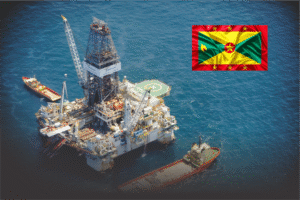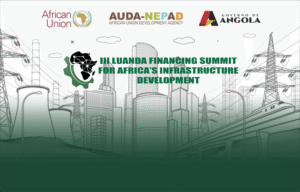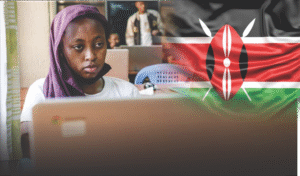The Global Rush for Red Metal, is Redefining Economies and Cultures: is Copper the Next Gold?

As the world accelerates toward renewable energy, electric mobility and digital infrastructure, copper that is long considered a workhorse metal, is emerging as the new strategic commodity of the 21st century. With superior electrical and thermal conductivity, exceptional durability and antimicrobial properties, copper forms the backbone of modern technology, from fighter jets and power grids to electric vehicles, solar panels and wind turbines.
Yet beyond its industrial appeal lies a global-rushing demand for the red metal. The race for copper is reshaping global trade, family livelihoods and national strategies redrawing the map of economic influence in a multipolar world. The top 7 copper-producing countries are as follow:

Chile – the longstanding titan of the copper age: Chile remains the undisputed leader in global copper production, accounting for about 23 percent of total output with 5.3 million metric tons produced in 2024. The South American nation’s mineral wealth is anchored by BHP’s Escondida mine, the world’s largest, co-owned with Rio Tinto.
Copper is both Chile’s economic lifeline and social pressure point. While it fuels fiscal revenues and exports, communities near mining zones grapple with labor unrest, environmental strain, and uneven wealth distribution. As Chile retools its economic model to balance sustainability with growth, copper sits at the center of debates over taxation, public welfare and indigenous rights, issues that will shape the nation’s social contract for decades.

Democratic Republic of Congo – rising power, fragile stability: The Democratic Republic of Congo (DRC) surged to second place globally, producing 3.3 million metric tons in 2024. This an impressive leap that explains Africa’s growing role in strategic mineral supply chains. Yet this success masks a complex reality: while copper revenues enrich the national treasury, governance challenges, regional insecurity, and the dominance of foreign mining interests continue to raise questions about equitable development.
Congolese families regard mining as both a lifeline and a trap that is providing jobs, yet often under precarious conditions. The DRC’s trajectory reflects the broader African dilemma – how to translate resourceful wealth into human and cultural capital, rather than perpetuating extractive dependency.
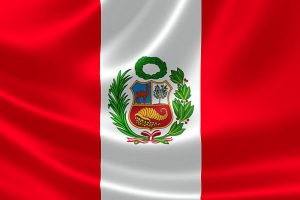
Peru – navigating decline amid social tensions: Peru, once a powerhouse, saw output fall to 2.6 million metric tons in 2024, partly due to operational slowdowns at Freeport McMoRan’s Cerro Verde mine. The decline coincides with political uncertainty and social unrest, where community protests over environmental impact and benefit distribution periodically disrupt operations.
The Peruvian sees copper as a measure of political stability and public trust. The interplay between mining revenues and rural development continues to test the government’s ability to balance foreign investment with domestic expectations.
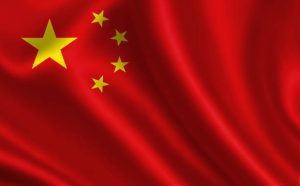
China – the refining giant and strategic planner: China, producing 1.8 million metric tons of mined copper, remains a dominant force through its refined output of 12 million metric tons. A production of over 44 percent of the global total. With massive reserves of 190 million MT and projects like Zijin Mining Group’s Qulong mine in Tibet, Beijing continues to secure upstream resources to sustain its green transition and industrial ambitions.
China’s copper dominance also has geopolitical reverberations. By controlling refining capacity and investing abroad, it exerts quiet influence over the renewable energy supply chain, reshaping trade dependencies and global power structures.

Indonesia – southeast Asia’s new contender: Indonesia’s rapid ascent to the fifth spot, with 1.1 million metric tons in 2024, signals the country’s growing role as a mineral powerhouse. The Grasberg complex, managed by Freeport McMoRan, underpins this expansion, making copper a central pillar of Jakarta’s industrial diversification strategy.
The government’s downstream policy that is encouraging domestic processing rather than raw exports, reflects a broader regional shift toward resource nationalisation and control. As Indonesia balances environmental preservation with infrastructure-driven growth, copper could become a catalyst for middle-class expansion and cultural modernization.

United States of America – a mature producer in a green transition: The United States also produced 1.1 million metric tons, mostly from Arizona’s copper belt. Although output has plateaued, copper remains vital to America’s renewable energy transition and defense manufacturing. With its Morenci mine as the flagship operation, U.S. production is increasingly framed through the lens of energy security and supply chain independence.
Copper’s role extends beyond economics, and touches political debates over climate policy, industrial jobs and technological sovereignty. This part reveals how a single metal connects households, labor unions and national strategy.
Russia – strategic expansion amid isolation: Russia increased its output to 930,000 metric tons in 2024, bolstered by new production at the Udokan mine in Siberia. Despite sanctions and geopolitical isolation, Moscow’s focus on resource self-sufficiency and export diversification underscores copper’s strategic value in sustaining its economy.
As Europe seeks to reduce reliance on Russian energy, copper exports to Asia are becoming Moscow’s alternative revenue stream. The mining expansion also has internal consequences, spurring investment in remote regions while entrenching state control over economic assets.
The global copper race transcends economics human and cultural dimension. It shapes family livelihoods in mining towns, influences political rhetoric about sovereignty and green growth, and reshapes cultural identities tied to land and labor. In many regions, the promise of copper wealth brings both modernization and moral tension, opposing short-term gains against environmental preservation and social cohesion.
As nations reimagine their economic futures, copper’s new “gold-status” reflects a broader transformation, the merging of industrial ambition with human consequence. Whether it leads to inclusive prosperity or not, will depend on how governments, corporations and communities choose to balance profit with principle.


